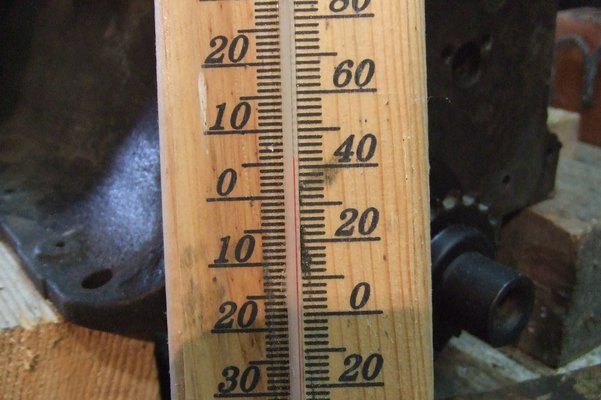mojobaby
Enthusiast
- Messages
- 1,319
Next week when my new rings arrive, I'm going to be inserting the liners into the block along with the pistons.
The paper liner seals that were in the gasket set (Franzose) come in 3 different thickness and are colour coded, red, black and white. Red is the thickest and white is the thinnest. I read somewhere on the forum that they are 0,08mm, 0,10mm and 0,12mm.
I'm not entirely happy that these seals are going to stop water from seeping down into the engine-they are so thin and flimsy! I would be more happy if I could seal the seals with some kind of silicon product.
What actually happens when the seals come into contact with water? Do they swell up to block any imperfections in the liner base or the seating? Like plumbing fittings?
Any thoughts would be appreciated
The paper liner seals that were in the gasket set (Franzose) come in 3 different thickness and are colour coded, red, black and white. Red is the thickest and white is the thinnest. I read somewhere on the forum that they are 0,08mm, 0,10mm and 0,12mm.
I'm not entirely happy that these seals are going to stop water from seeping down into the engine-they are so thin and flimsy! I would be more happy if I could seal the seals with some kind of silicon product.
What actually happens when the seals come into contact with water? Do they swell up to block any imperfections in the liner base or the seating? Like plumbing fittings?
Any thoughts would be appreciated






 Thank you!
Thank you!